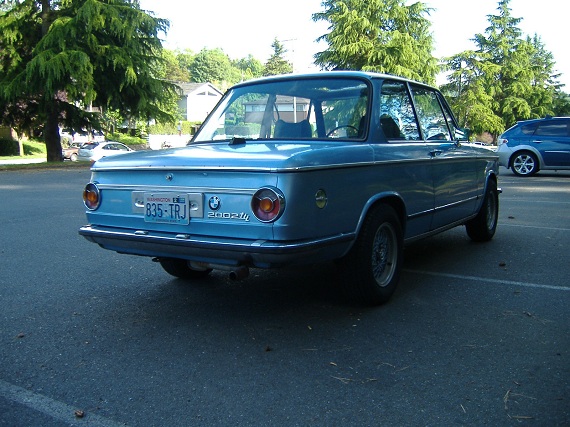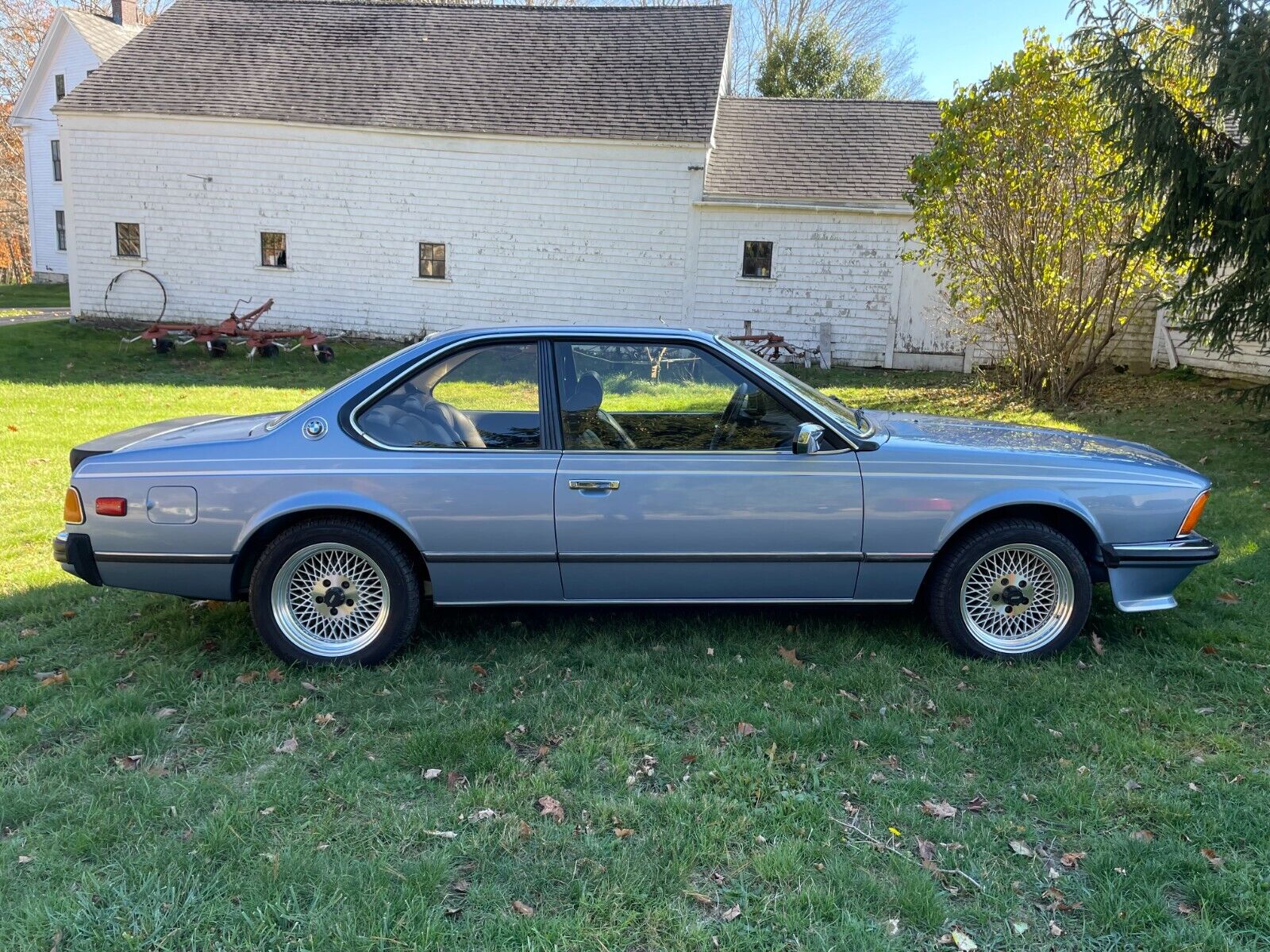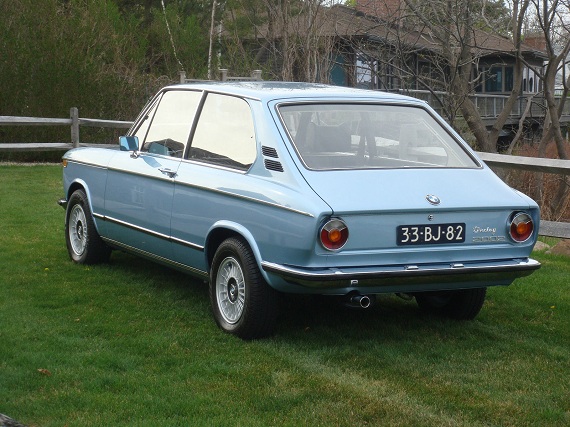
The 2002 has appeal that was captured by later models in some regards, but has been lost along the way as well. It makes me chuckle a bit when I read comments regarding the 1 series (now 2 series) being a light car – well, I suppose in comparison to the 7 series, that’s likely true. However, cars like the 135i weighed in at a simply staggering 3,400 or so pounds. It makes me chuckle; BMW enthusiasts love to talk about how heavy Audis are, yet the 135i is only a few cheeseburgers and Battlestar Gallactica marathons short of a V8/S4/S6 quattro but it’s considered “light”. Now, you could argue that a hefty increase in passenger safety accounts for that weight gain, and you’d be right. And the new cars are much more luxurious, isolating, and reliable – for the average consumer, all of these things are very good improvements. But one of the hallmarks of the pre-M3 small cars was that you could drive them flat-out nearly all the time – something that you just can’t do with more modern machines. For as the spiritual successor to the 2002 – that same 135i – has gained weight and luxury, it’s also significantly faster than the 2002 ever was thanks to a twin-turbocharged inline-6. 0-60 times of even the non-M version of the 135 are faster than most pre-2005 M products (I’m slightly amazed by this, but I think it’s actually faster than everything but the V10 M5/M6). Out of the box, it will do a standing quarter mile in 13 seconds and is limited to 155 mph. Impressive? Yes. But is it really the spiritual successor of the 2002Tii, a car that you could drive with your foot to the floor, exploring the limits all the while? Not in my mind:




